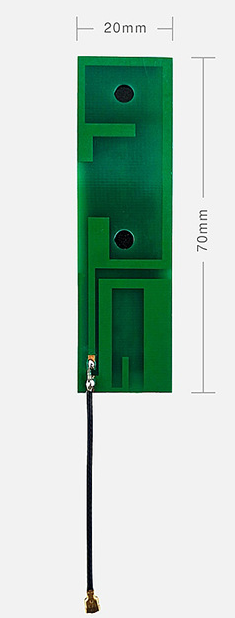How to Purchase a PCB Antenna
How to Purchase a PCB Antenna
In today's world, electronic devices have become an integral part of our lives. With the advent of wireless technology, the demand for PCB antennas is at an all-time high. PCB antennas provide a compact and cost-effective solution for wireless communication systems. However, purchasing a PCB antenna can be a daunting task, especially for beginners. In this article, we will guide you through the process of purchasing a PCB antenna.

1. Determine the frequency
The first step in purchasing a PCB antenna is to determine the frequency of operation. The frequency of operation is one of the most important factors that determine the performance of the antenna. It is essential to choose an antenna that is designed for the frequency range that your device operates in. The frequency of operation is usually specified in the product specifications provided by the manufacturer.
2. Choose the type of antenna
There are several types of PCB antennas available in the market, including patch antennas, monopole antennas, dipole antennas, and helical antennas. Each type of antenna has its advantages and disadvantages, depending on the application. The choice of antenna type depends on the requirements of the application. For example, patch antennas are ideal for low-profile applications, while monopole antennas are the most commonly used type of antenna for wireless communication systems.
3. Determine the gain and radiation pattern
Another important factor to consider is the gain and radiation pattern of the antenna. The gain of an antenna is a measure of the effectiveness of the antenna in transmitting or receiving a signal. The radiation pattern determines how the antenna radiates or receives the signal in different directions. It is essential to choose an antenna with the appropriate gain and radiation pattern that will meet the requirements of the application.
4. Consider the PCB layout
The PCB layout is critical in ensuring the proper operation of the antenna. The antenna must be placed in a location that provides the optimal performance. The PCB must also be designed to minimize the interference from other components on the board. The manufacturer of the PCB antenna should provide recommendations for the PCB layout to ensure the best performance of the antenna.
5. Quality and reliability
Finally, it is crucial to consider the quality and reliability of the PCB antenna. The PCB antenna must be manufactured to rigorous standards to ensure that it will perform consistently over time. The manufacturer should provide technical support and warranty to ensure the customer's satisfaction.
Conclusion
In summary, purchasing a PCB antenna requires careful consideration of several factors, including frequency, antenna type, gain and radiation pattern, PCB layout, and quality and reliability. By following the guidelines provided in this article, you can make an informed decision when purchasing a PCB antenna that meets the requirements of your application. Remember to choose a reputable supplier who can provide technical support and a warranty to ensure your satisfaction. With the right PCB antenna, you can enjoy reliable and efficient wireless communication.





